Because we all could use a vacation right now.
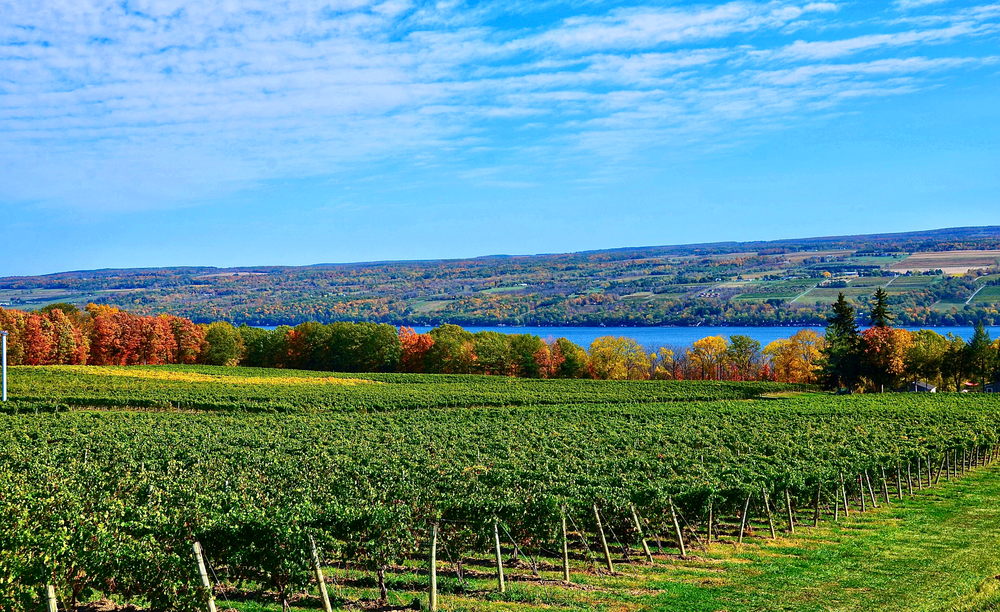
Over the past 14 months, we’ve sat at home and watched the world come to a halt, dreaming of the next time we’d be able to safely hit the road or board an airplane. With vaccines now rolling out across the country and states slowly reopening, it’s time to think about traveling again.
These five regions are booming with agritourism opportunities—and they’re just as ready for visits from vacation-hungry travelers as you are to leave the house.
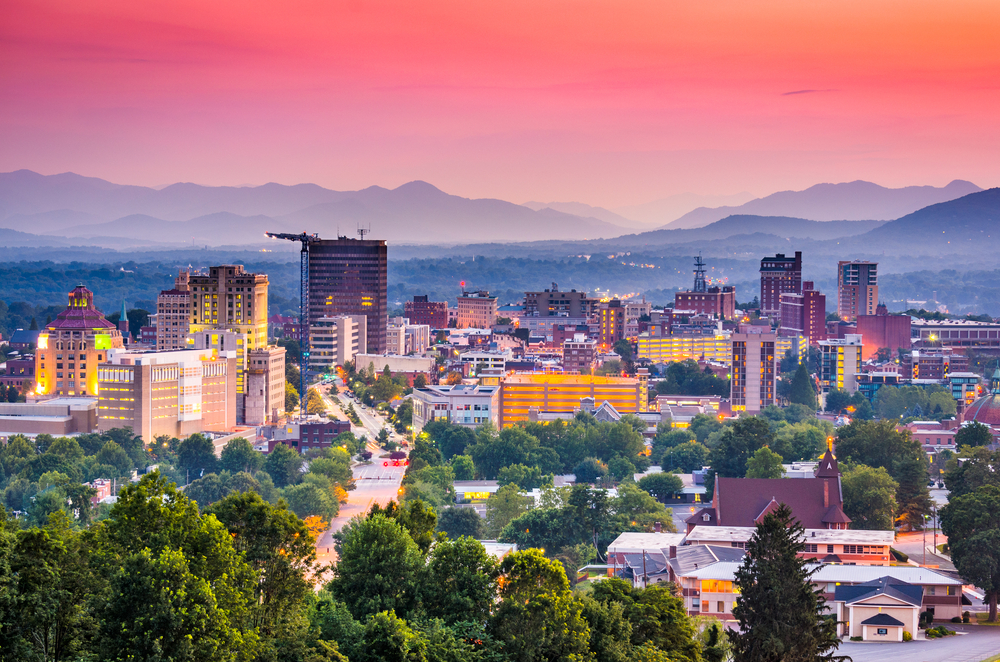
Photo by Sean Pavone/Shutterstock
Asheville, North Carolina
Nestled in the heart of the Blue Ridge Mountains, Asheville boasts more than 17 farmers markets that feature fresh produce and goods from surrounding farms. Sample local fare at restaurants and craft breweries in Asheville’s bustling downtown, many of which are committed to farm-to-table menus. Try your hand at beekeeping at Killer Bees Honey Farm, which offers tours—protective suit, veil and gloves included—and close inspections of their buzzing hives. Get off the beaten path and pick your own wild edibles on guided No Taste Like Home foraging tours. You can also hit the Western NC Cheese Trail, featuring four artisan cheese makers, including the goat cheese focused Round Mountain Creamery and Looking Glass Creamery, a small family dairy farm that follows a seasonal farming model to make blue, feta, gouda and Alpine-style cheeses. Ready to travel but still craving a bit of social distance? Stay in one of the cottages at the 40-acre East Fork Farm.
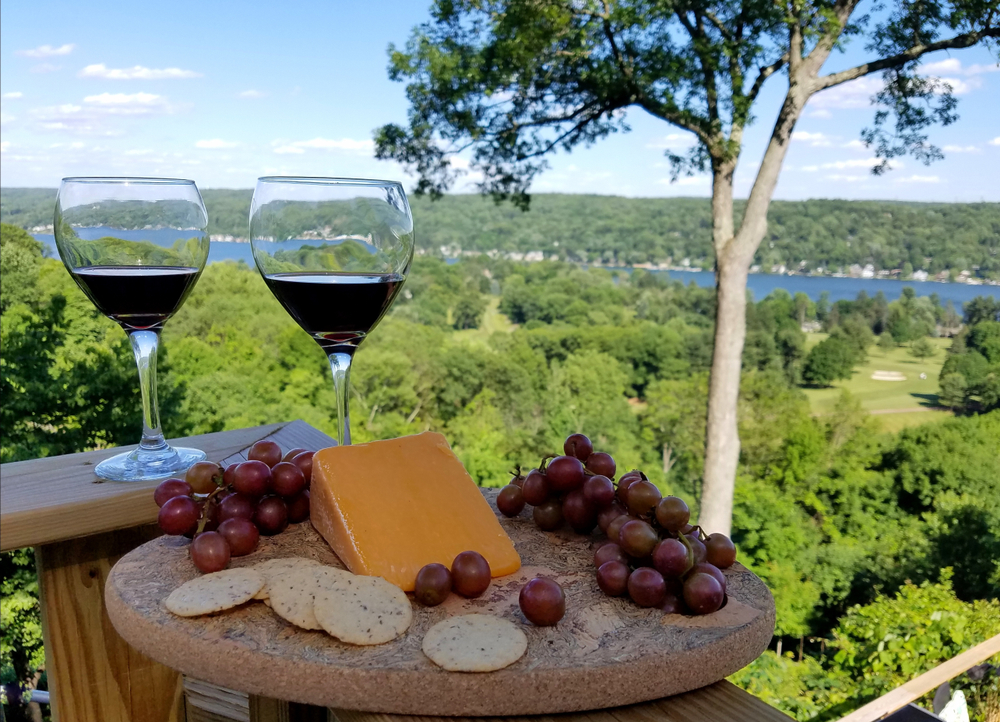
Photo by Anita Warren-Hampson/Shutterstock
The Finger Lakes, New York
There’s a total of 11 lakes in the Finger Lakes region, but much of the region’s agritourism is located around Seneca Lake and Cayuga Lake, the longest and largest ones. With Geneva, Watkins Glen and Ithaca as the three points, this triangle-shaped area is home to dozens of winery tasting rooms—including Red Newt Cellars, Hermann J. Wiemer Vineyard and Bloomer Creek Vineyard—and their vineyards, plus orchards, breweries, farms and creameries. No trip is complete without a visit to the Finger Lakes Cider House or South Hill Cider, where you can sample tastes of the region’s burgeoning cider industry. Get moving at a goat yoga class at Lively Run Goat Dairy or on a lengthy hike. Ithaca, of course, is known for its gorges, but there are plunging waterfalls and national forests to be explored as well.
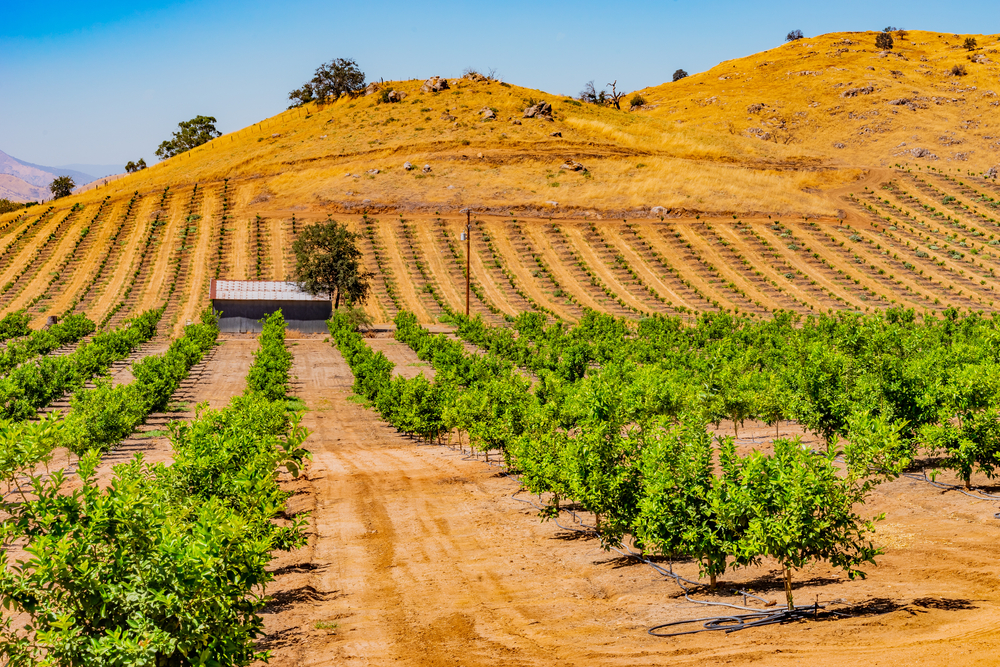
Photo by Patricia Elaine Thomas/Shutterstock
Fresno County, California
Home to 1.88 million acres of farmland, Fresno County has miles and miles of fruit orchards. In early spring, the 62-mile Blossom Trail is lined with fruit and nut trees in full bloom. Later, the same route morphs into the Fresno County Fruit Trail. The self-guided tour includes destinations along the way where you can purchase plums, peaches, apples, nectarines, apricots, persimmons, almonds and pistachios. Make one of your stops Simonian Farms, a family-run fruit stand run for four generations. The red barn encloses a model Western town, as well as vintage tractors, restored gasoline pumps and antique balloon-tire bikes. In Fresno, the county’s bounty of produce is on full display in the 6,000-square-foot Vineyard Farmers Market, open Wednesdays and Saturdays.
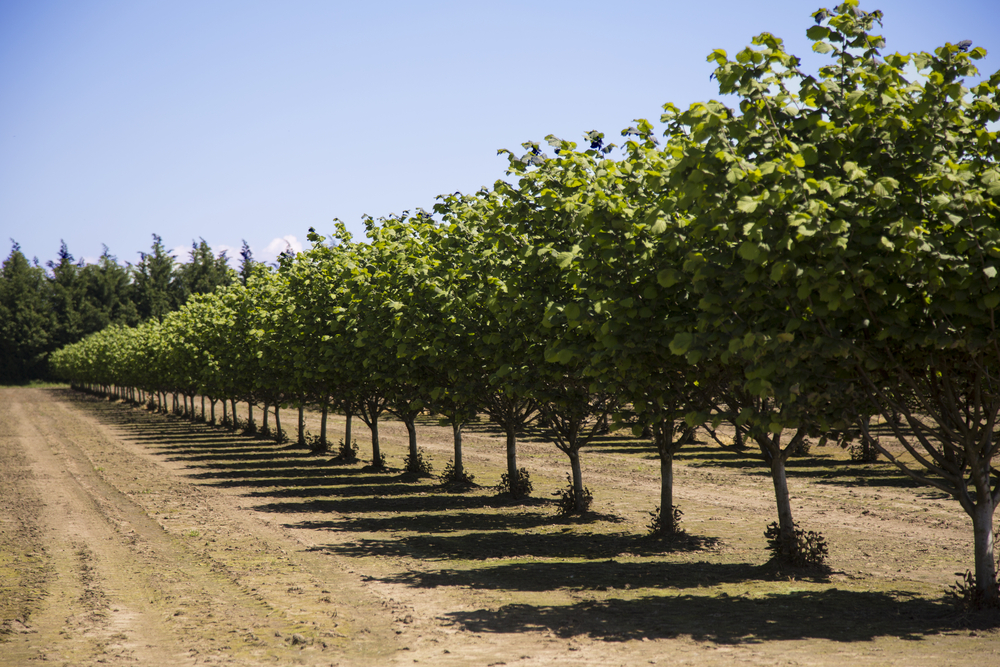
Photo by Jacquie Klose/Shutterstock
Willamette Valley, Oregon
It may be widely known as a wine region, but the Willamette Valley grows more than just grapes. Hazelnuts are just as important of a crop—99 percent of all hazelnuts grown in the US are grown here—so you’ll see filbert trees all over the fertile valley. Hit the Great Oaks Food Trail, a self-guided tour that features family farms, ranches and orchards, the Baskett Slough National Wildlife Refuge and eateries that source ingredients locally, such as Bountiful Pies. What you really need most on a vacation in the Willamette Valley is a trip to one of Oregon’s many hot springs. The secluded Terwilliger Hot Springs, also called Cougar Hot Springs, has six soaking pools in the Willamette National Forest that require a half-mile hike to get to. For a more luxurious soak, Breitenbush Hot Springs offers an overnight wellness retreat that includes organic, vegetarian meals.
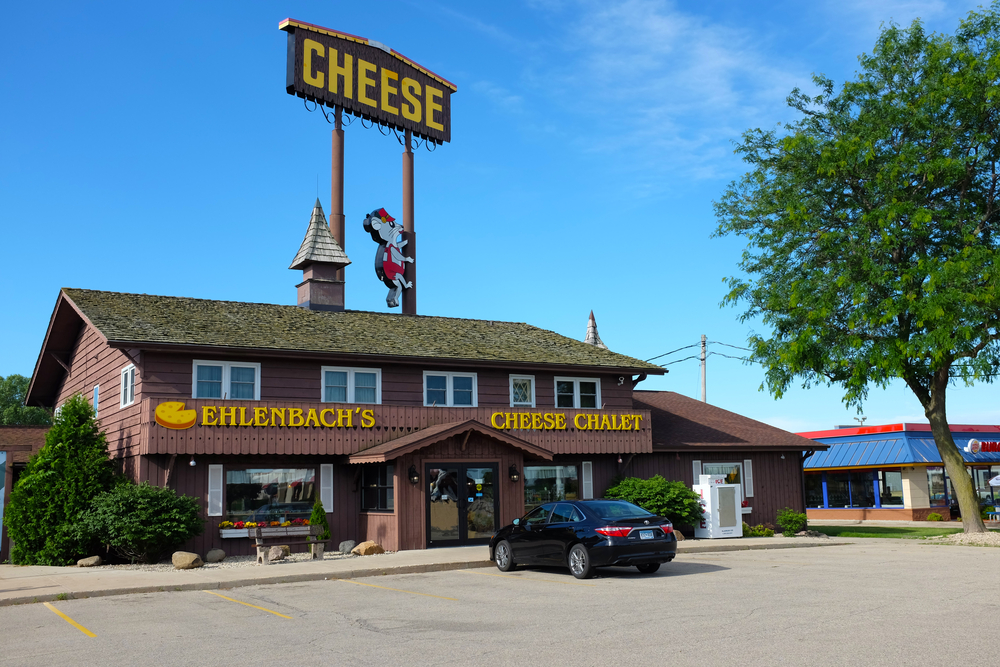
Photo by Steve Cukrov/Shutterstock
Wisconsin
No discussion of Wisconsin is complete without mentioning cheese. The Dairy State is home to more than 1,200 cheesemakers who make more than 600 different kinds of cheese. Ellsworth Dairy Cooperative is known for its fresh, warm cheese curds, sold daily, for which people line up. Take a tour at Marieke Gouda, a woman-owned dairy, where you’ll see all aspects of the process that go into making the farmstead cheese. Get a true farm-to-table experience at a Suncrest Gardens’ pizza farm, where they churn out pies topped with ingredients grown on or around the farm. Beyond cheese, Wisconsin is home to a diverse farming community, including those run by the Amish and Native American tribes, with additional agritourism opportunities around cranberry bogs, maple sugaring and—increasingly—cideries such as Maiden Rock and Island Orchard.
The cornucopia of Fresno County ($10 Billion in 2019) is a segment of the agricultural wealth of the San Joaquin Valley. The volume of products going to market in and out of the US are mind boggling. This article touches upon but a few products. If severe drought conditions continue in this area, quantity, quality, variety and cost$ to the American diet will be impacted.